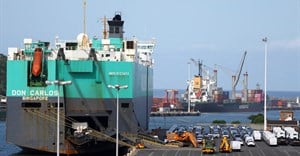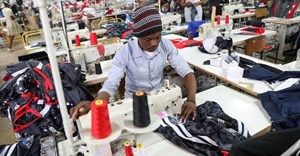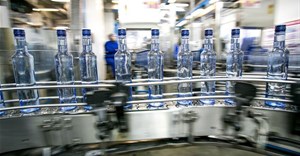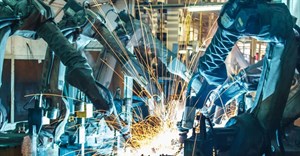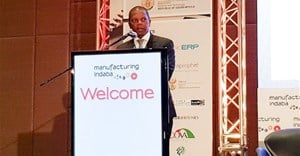
Subscribe & Follow
Surprise uptick at factories
Manufacturing output rose by an unexpected 1.9% year on year in November, but the outlook for growth momentum and confidence remained grim, economists said on Thursday.
This prompted the industry to reissue a call for a more patriotic private sector that would "come to the party" and make a concerted effort to buy goods locally.
Philippa Rodseth, Manufacturing Circle executive director, said the government had shown the way by procuring such items as clothing and textiles, power lines and pharmaceuticals, among others, locally.
Rodseth said the private sector needed to work towards a comprehensive "buying local" initiative.
"We all need to support our local manufacturers…. This is vital to jobs and growth."
Manufacturing contributes about 12.5% to national economic growth.
The Barclays-sponsored purchasing managers’ index (PMI), which is compiled by the Stellenbosch-based Bureau of Economic Research (BER), showed confidence among factory managers had waned for a fifth consecutive month
in December.
The index dropped to 46.7 index points from 48.3 in November, which is below the 50 neutral mark that separates contraction and expansion. This lags international readings in the US and eurozone, which have come in above 50. China’s most recent PMI also indicated positive output growth.
Rodseth and economists say persistently weak domestic demand in the face of anaemic economic growth has contributed to the index results.
"Export-led growth may counter this trend, as local manufacturers export to a strengthening global industrial sector," Rodseth said.
Supply constraints such as load shedding and strike activity had moderated through 2016.
A recovery in agricultural output and the uptick in the mining sector on the back of higher commodity prices could support demand going forward, BER economists, who compiled the index, forecast. But they said this development would be offset by the more downbeat outlook for consumers.
A sub-component of the purchasing managers’ index — new sales orders — remained just above the neutral point.
The suppliers’ performance sub-index fell to a historic low
of 40.9 from 48 index points previously. The business activity sub-index dropped 2.6 points to 46.3 in December. Although survey participants were more optimistic about conditions in six months’ time, the sub-index fell to 53.2 from 53.9.
Meanwhile, Statistics SA
said on Thursday that seasonally adjusted manufacturing production had risen 0.3% in November from October’s -1.9% and 1.5% in September.
The increase in November was due to greater activity
in basic iron and steel, nonferrous metal products, metal products and machinery, which rose 6.1%.
The food and beverages segment gained 2.3% and contributed 0.6 of a percentage.
Wood and wood products, paper, publishing and printing rose 2.7% and contributed 0.3% of a percentage point to the headline figure.
Output declined in petroleum products, chemicals and plastics and motor vehicle production.
Rodseth said despite the slight improvement in the monthly data, "if we look at trends from September to November, we see that manufacturing production declined
by 1.1%". She said this indicated a contraction for December was looming and pointed to a still fragile sector.
Elize Kruger, senior economist at NKC African Economics, said economists expected 1.1% growth between November and December.
But delving deeper into the figures there was "a very clear indication that growth had moved back into the negative territory quarter on quarter",
she said.
This was bad news for SA’s economic growth, which was expected at 0.5% for the year.
"It remains a dismal outlook overall for 2016," Kruger said.
Source: I-Net Bridge

For more than two decades, I-Net Bridge has been one of South Africa’s preferred electronic providers of innovative solutions, data of the highest calibre, reliable platforms and excellent supporting systems. Our products include workstations, web applications and data feeds packaged with in-depth news and powerful analytical tools empowering clients to make meaningful decisions.
We pride ourselves on our wide variety of in-house skills, encompassing multiple platforms and applications. These skills enable us to not only function as a first class facility, but also design, implement and support all our client needs at a level that confirms I-Net Bridge a leader in its field.
Go to: http://www.inet.co.za






